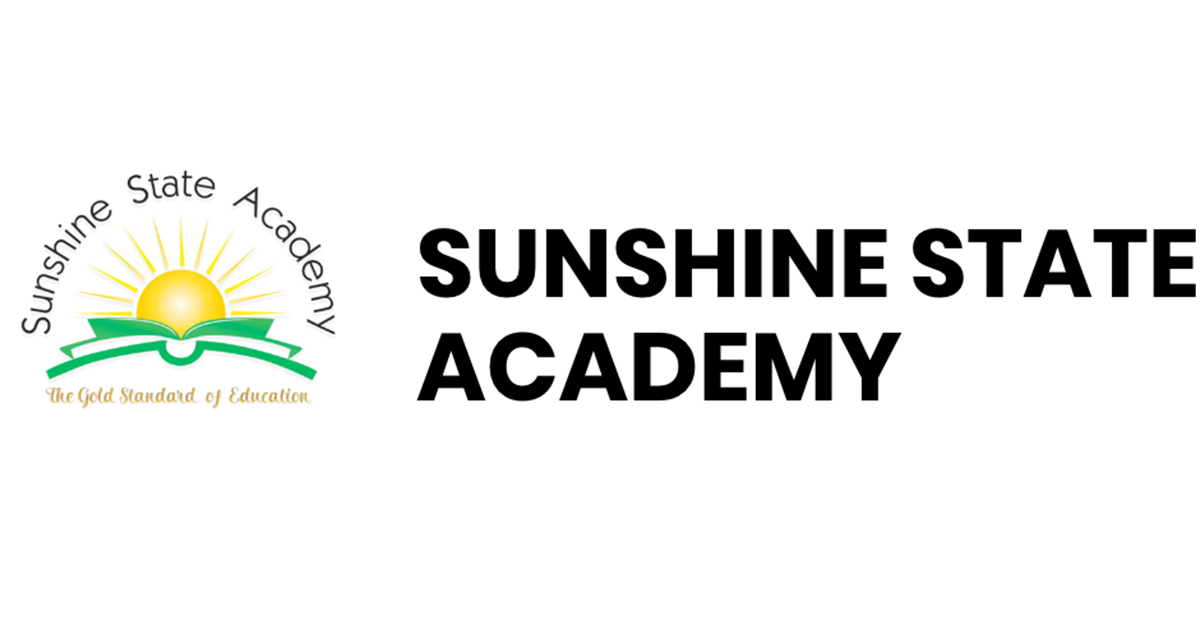Another great strategy that teachers use within the class is area charts and helper charts. Each child is given an area where he/she is the helper for the day and when clean-up is called helpers go to their predetermined area and assist with clean-up. A way to improve this strategy is to give children areas were they not only play but also are allowed to rotate their duties of helping clean up. Rotating will allow children to gain such strategies as serration and categorization of various materials, instead of just those in a designated area.
The third strategy observed in the class was called “Potty Time” routine where children upon hearing a party themed song would line up to use the restroom. This was an interesting way to teach children how to wash their hands and use the restroom, however doing it to music particularly one time of music would bring an association to the children that using the restroom will and can be used only when music is heard. Teachers should explain and role model to children that washing hands begins and ends every activity because it helps keep them clean. While children are washing hands, they may be asked if they need to use the potty, giving children freedom to choose to go or not to go the restroom. Thus, promoting logical thinking and independent though in children.
References
Beaty, J.J. (2009). Preschool appropriate practices. Clifton Park, NY: Delmar Cengage Learning.
